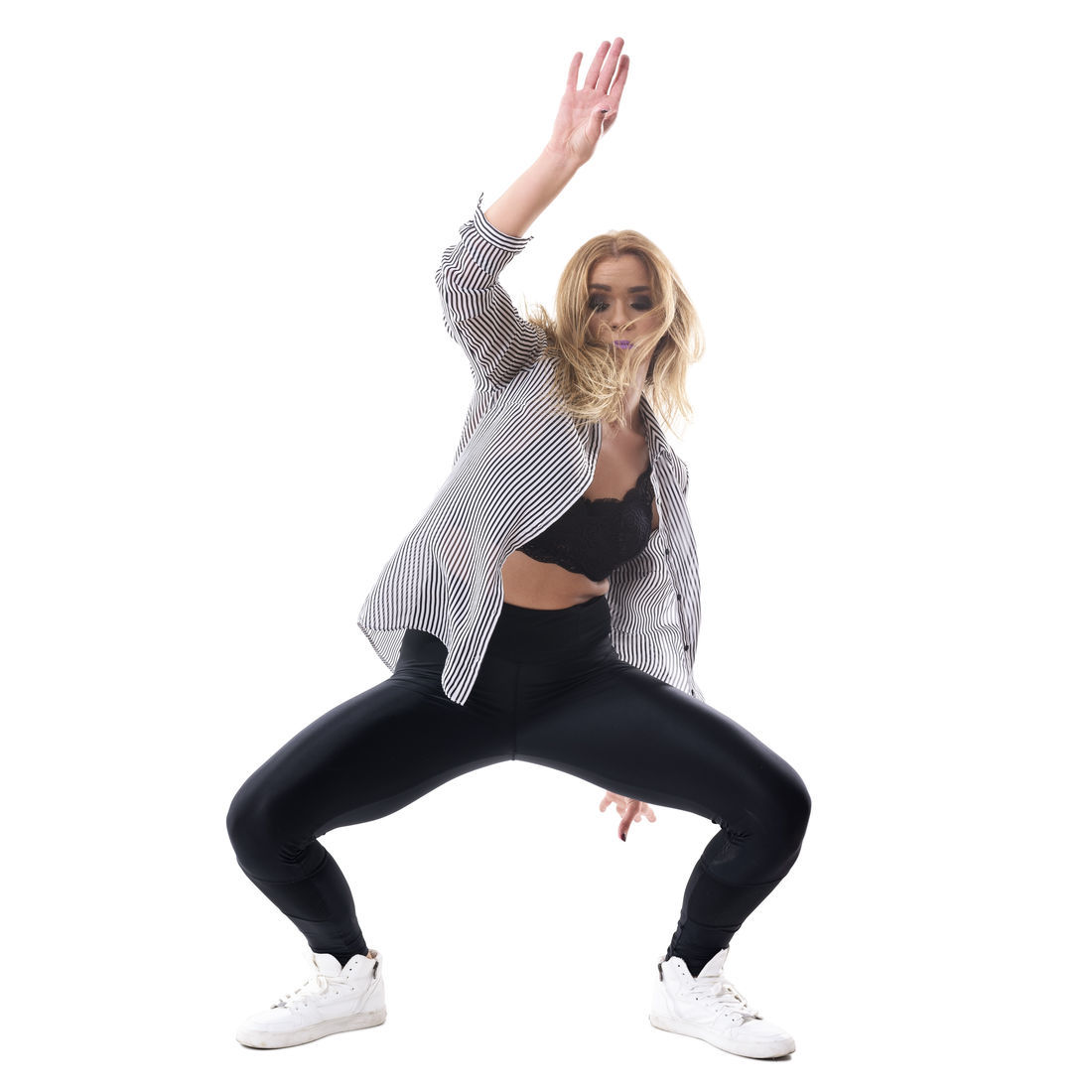You bust your gut in dance class, isn�t that enough to propel you to peak performance? Unfortunately not. Professional dancers across a range of disciplines routinely undertake supplementary exercise to boost their fitness. That�s because they know being fit will make them better dancers. Let�s take a look at why.
Fitness will help you shine when you perform
�Fitness� is a very generic term which encompasses a range of different forms of physical aptitude; from cardiovascular and muscle strength to balance, speed, flexibility and body composition. When you look at fitness as such a broad church, you can appreciate how unlikely it is you�ll get �fit� in all these ways from any one activity, including dancing.
In fact many dance classes focus solely on technique rather than on getting a good cardiovascular work-out. Ballet practice in particular involves really short bursts of energy. Until the night of the performance you likely won�t need to have a high level of endurance and cardiovascular stamina. And boy will you wish you had it!
Many forms of dance are considered anaerobic, meaning while you might feel tired at the end; you haven�t got the heart pumping and lungs working; which is crucial for aerobic fitness.
If you are struggling to keep up with the choreography or to jump as high as you need to etc it�s clear your performance will suffer. Being fit gives you the chance to perform at your absolute best.
Being fit reduces your risk of injury
Science supports the idea of undertaking diverse physical activities to prevent injury: Recent research coming out of the United States has found young athletes specializing in only one sport (and not engaging regularly in other forms of exercise) are more prone to multiple injuries especially as they age.
Studies have also found weight training reduces the risk of injuries in ballet dancers. As a result, even prior to turning professional, dancers are now being actively encouraged to undertake weight training.
In dance classes, you�re often required to use the same muscles over and over again while other muscles remain completely inactive. However, muscles operate in pairs � one muscle relaxes while another activates. If the relaxed muscle does not get a workout of its own it can become literally too relaxed and cause the other muscle to become too tight. This causes problems with surrounding joints, ligaments and tendons; it can even affect posture, which all means the risk of injury becomes higher.
It actually sounds a lot like common sense, engaging in multiple forms of exercise means your body is stronger and different muscle groups get a workout (and a rest). This equals a lower likelihood of injury when you dance.
But what type of supplementary exercise should you do?
This will depend very much on what type of dance you do and what other forms of exercise appeal to you - after all you won�t stick with an exercise regime if you don�t enjoy it! If you�re a ballet dancer, you�ll likely want to add low risk aerobic exercises (like running) to your weekly routine. Conversely if you�re a tap dancer (which can be highly aerobic) you might want to focus more on low risk exercises which build upper body strength like swimming or core exercises.
Whatever your level of fitness, if you are starting out in your dancing career contact us today.

